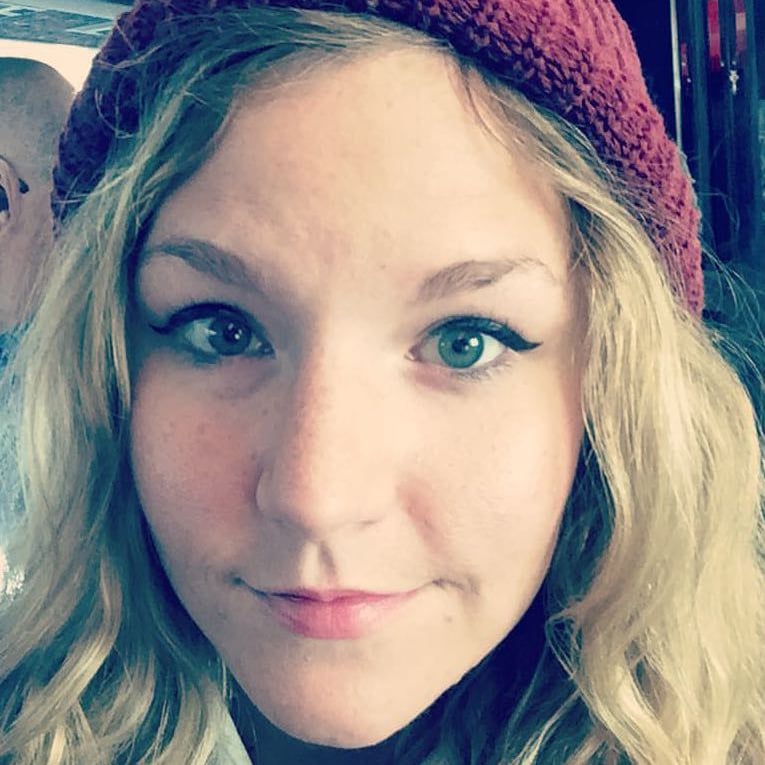5 Things to Know About Buying a Home in Austin
If you’re looking to put down roots in Texas, the action-packed and highly-desirable Austin area counts among the best places to get a strong return on property investments. Topping national lists of the fastest-growing metropolitan regions, Austin offers a thriving tech and business hub, a world-class nightlife and music scene, generally-mild climates (the occasional stretch of sweltering summer days notwithstanding), restaurants with nationally-renowned chefs, and excellent public schools both in the city proper and in the surrounding suburbs.
But because Austin has so much going for it, the real estate market continues to grow more competitive by the day. To give yourself a heads-up on the homebuying process in the Texas capital, here are five things to know about buying a home in Austin.
CHECK OUT MORE CONTENT FROM OUR HOMEBUYERS WEEK

Real Estate Costs Are Rapidly Rising
The rapid growth and evolution of Austin’s real estate market has unsurprisingly caused a swell in pricing throughout both Austin proper and the city’s suburban communities. Economist Jim Gaines recently told the Austin American-Statesman that 63 percent of this year’s home sales closed at prices over $250,000, and the next year will likely see an additional 5.5 percent average price increase.
Prepare to Put Down a Sizable Down Payment
Required down payments for home purchases in Austin vary widely depending on the specific bidding climate for the house in question. However, if you want to present a strong offer in the increasingly cutthroat market, offering a sizable down payment will boost your likelihood of closing the deal.
About 20 percent of the final sale price is considered a competitive down payment amount, and if you’re a first-time buyer who needs help coming up with that sum, the city offers a Down Payment Assistance Program, which can provide up to $40,000 to prospective homeowners.
Affordable Homes Are Available
While the average sale price of an Austin home has drastically increased over the past decade, the greater Austin area still features several pockets where affordable homes can be found. Higher prices are particularly prevalent in the major business center of Downtown Austin; its nearby residential enclaves like Old West Austin, Tarrytown, and Hyde Park; and affluent immediate suburbs like West Lake Hills and Rollingwood.
But if you’re willing to venture away from these well-known areas and consider neighborhoods farther from the city’s nexus, you’re more likely to find an affordable fixer-upper or a low-priced investment property with enormous potential for value growth.
A few off-the-beaten-path neighborhoods offering below-average sale prices in exchange for a slightly longer commute include the northern, but still within Austin city limits, region of North Lamar, the swath of airport-adjacent city property known as Southeast Austin, the surprisingly central college area of St. Edwards, and the southwest suburb of Westgate.
No State Property Taxes
One notable financial boon to Austin homebuyers: the state of Texas does not collect property taxes, removing that cost from purchase prices. However, the city of Austin does collect local property taxes, which have steadily risen over the past decade. According to the Austin American-Statesman, the average annual property tax in Austin for 2017 stood at $7,607, a 21 percent jump from the rates from five years ago.
Traffic Is Difficult During Rush Hour
Even as Austin strives to improve its public transit systems by adding more routes to the CapMetro bus network and expanding its rideshare options, as of 2017, 73 percent of residents choose to commute to work by driving. Unfortunately, this results in gridlock traffic on the major highways leading into and out of the city. Austin also regularly earns slots on lists of the worst city traffic in the U.S.

